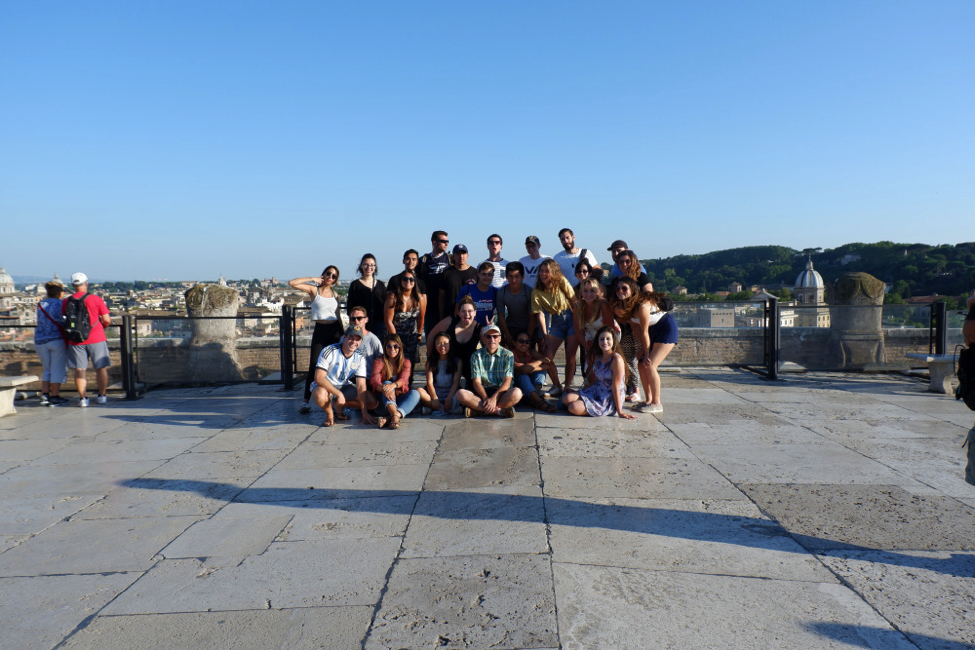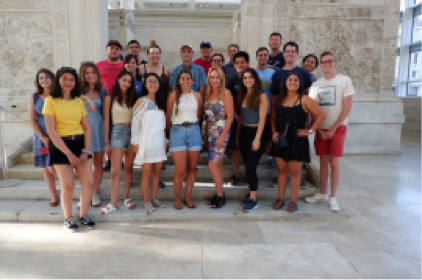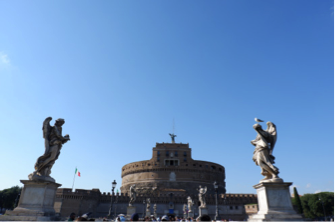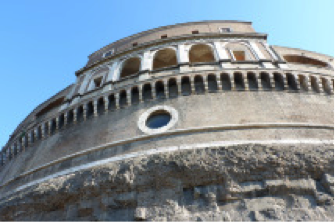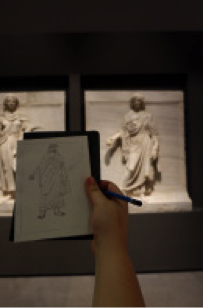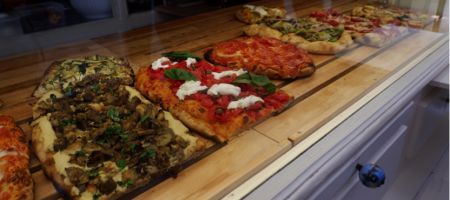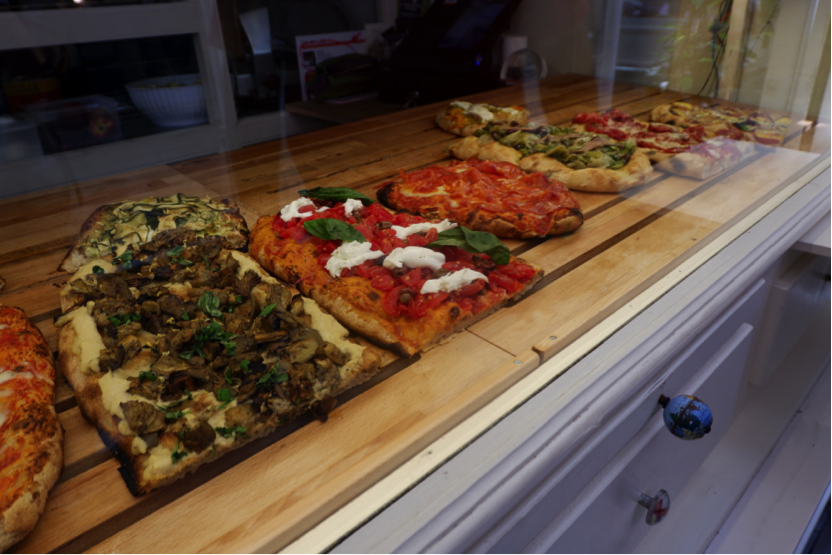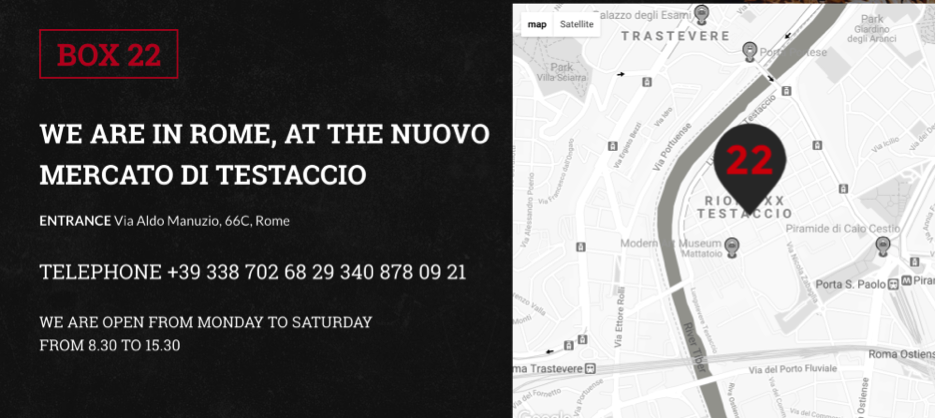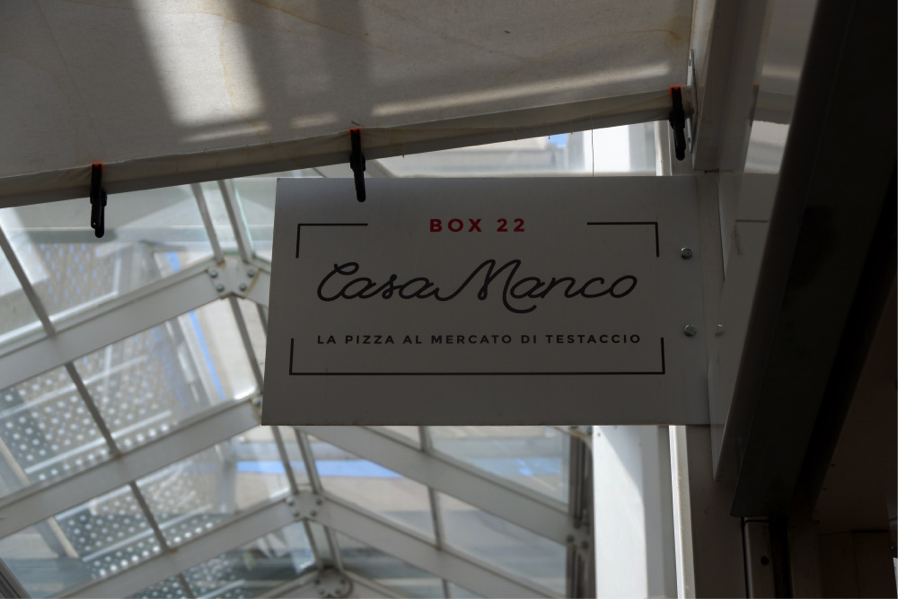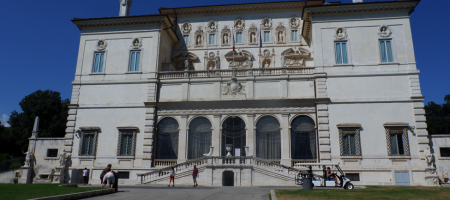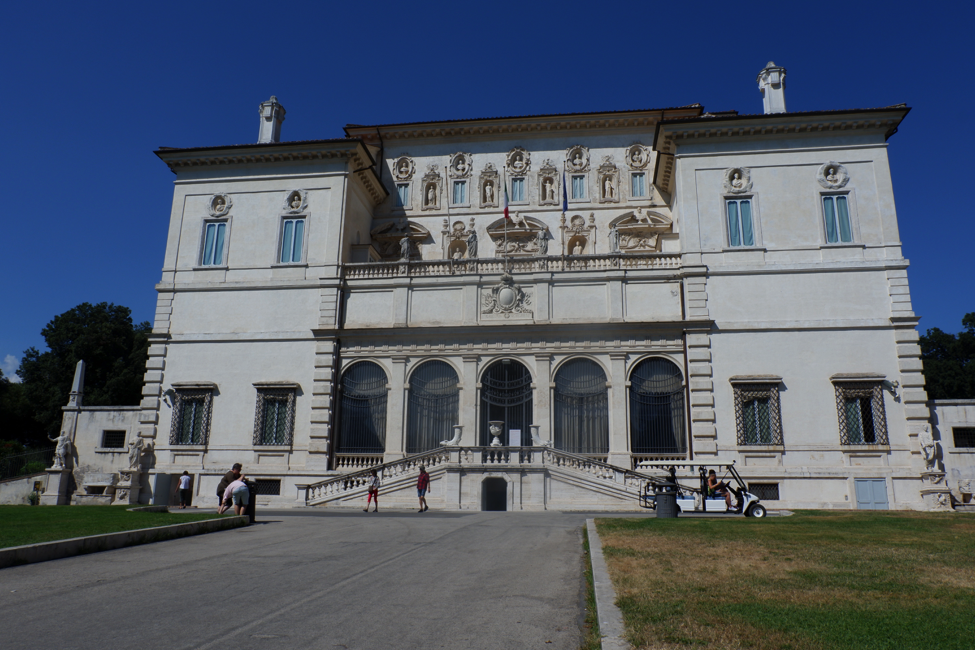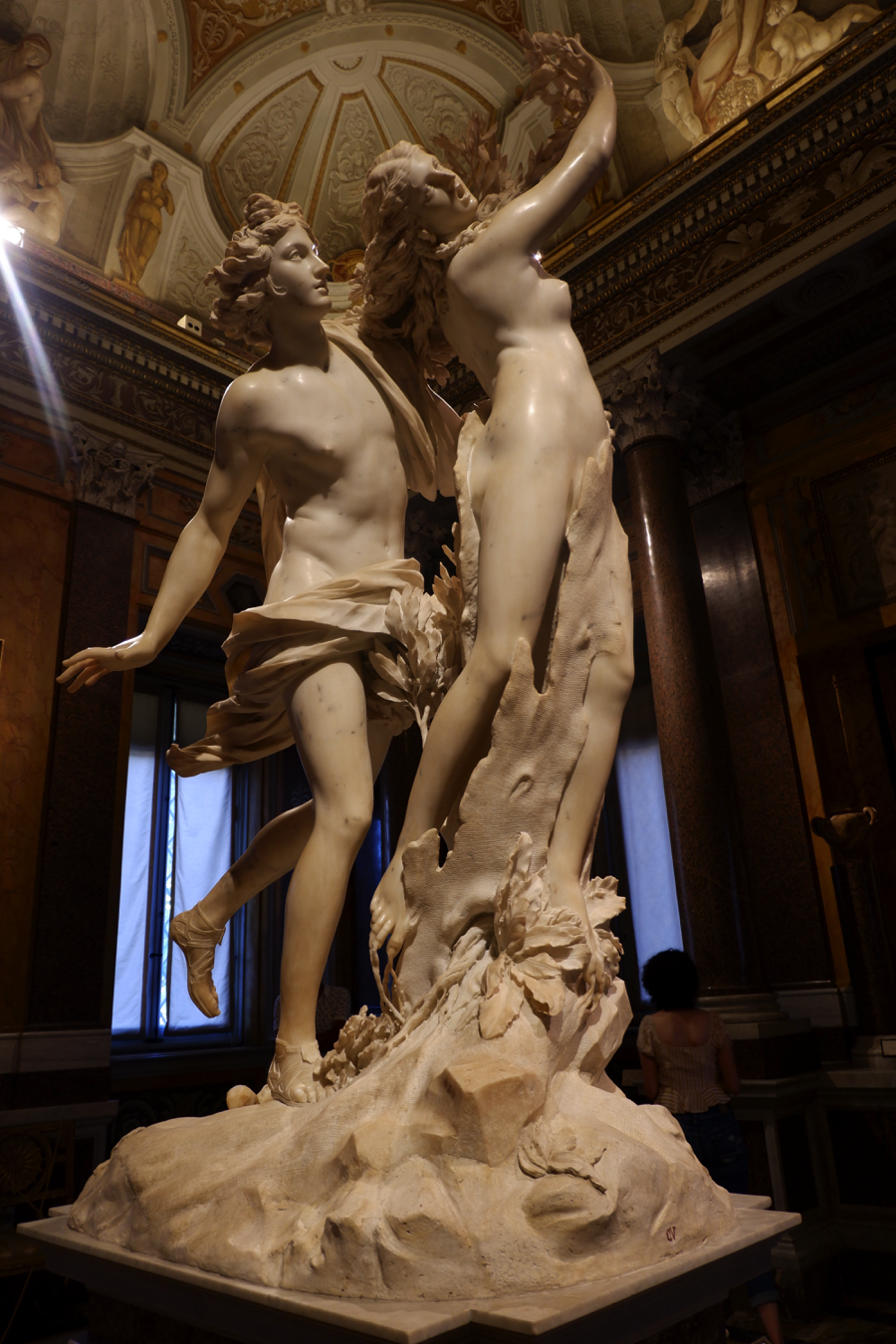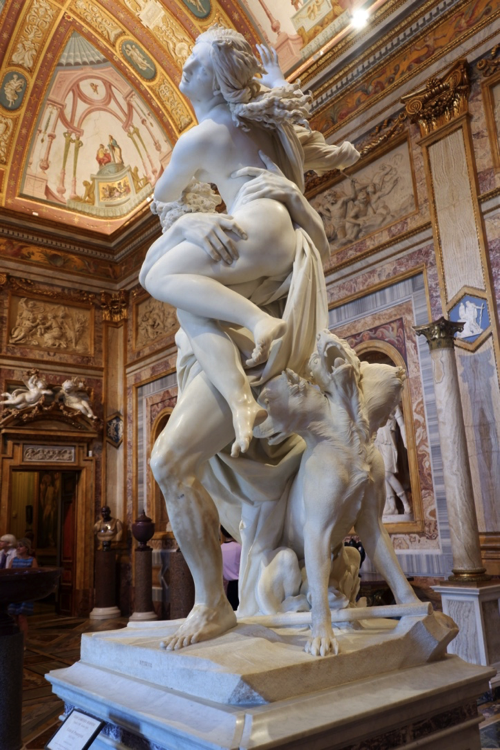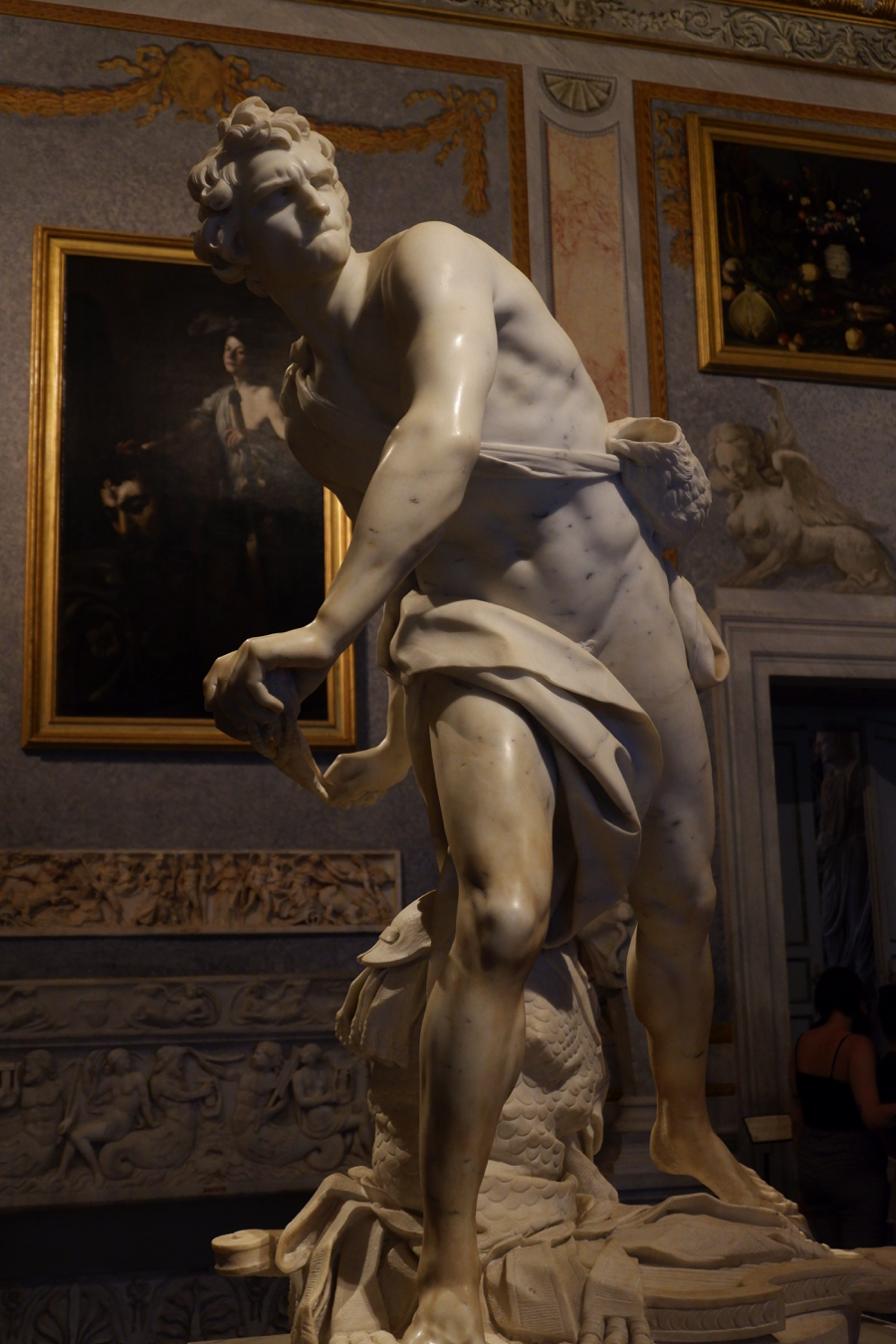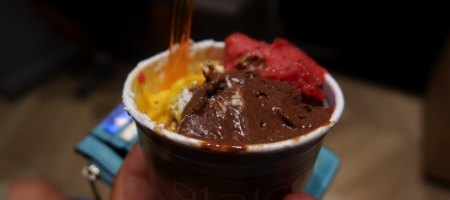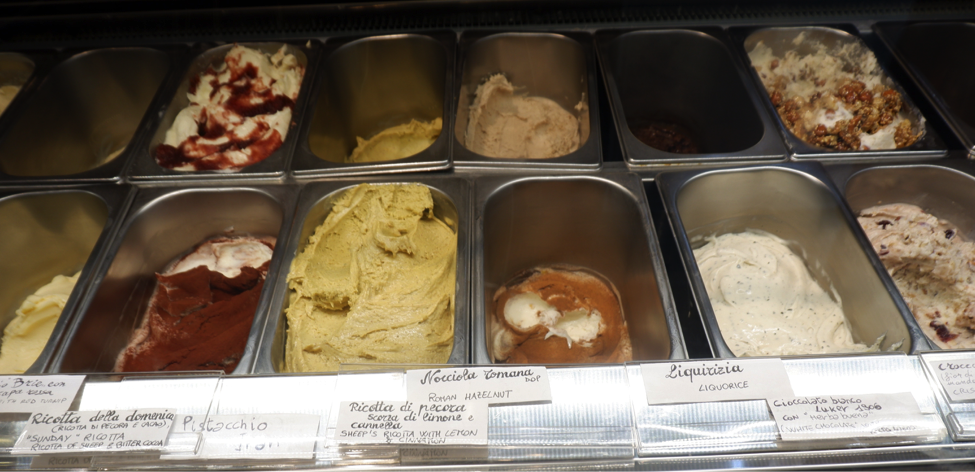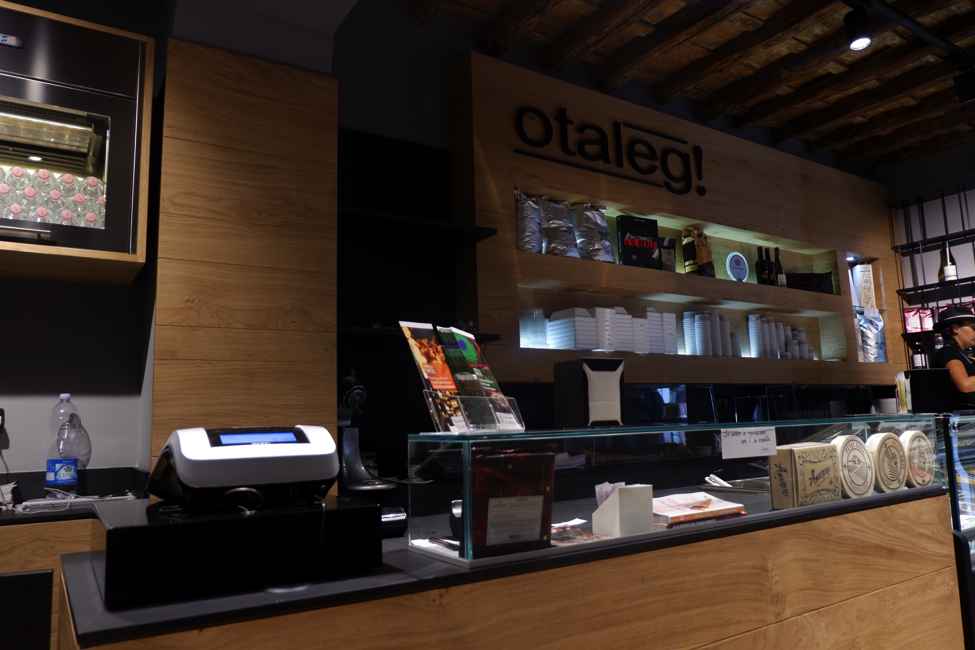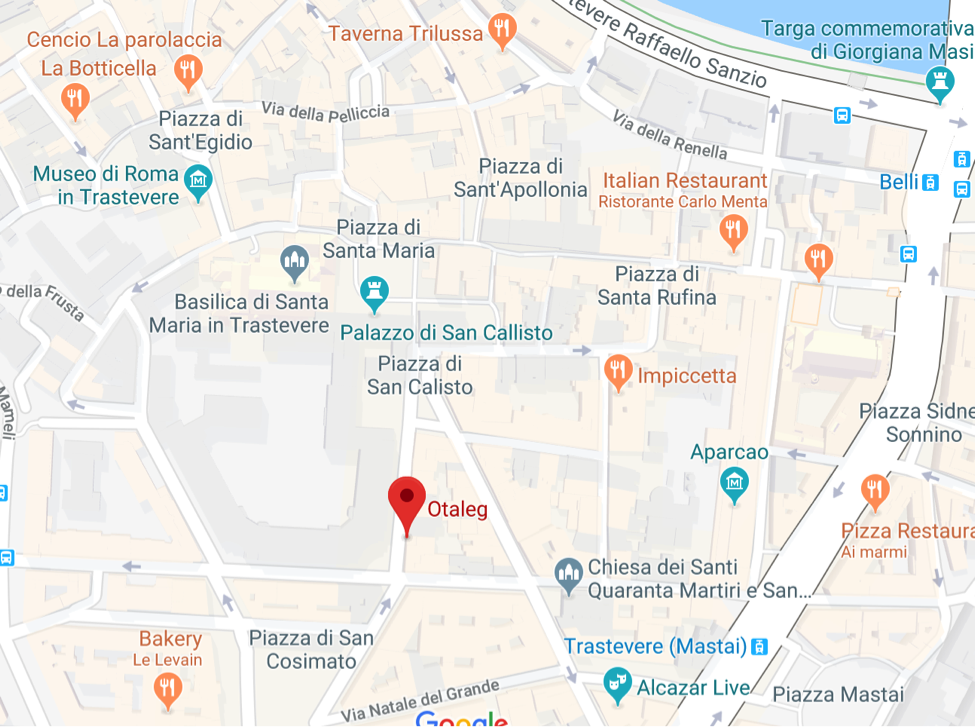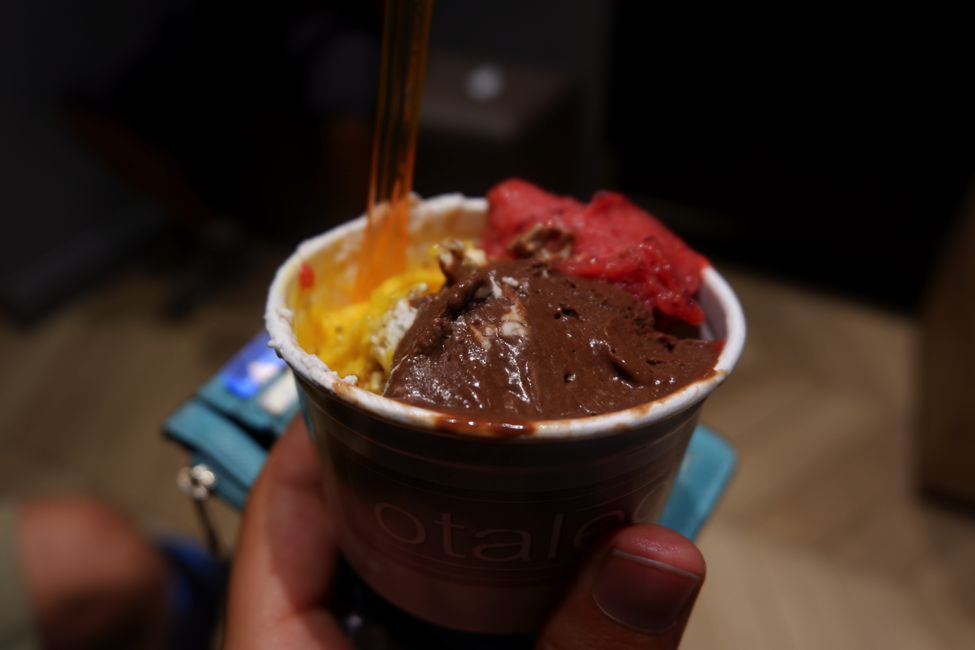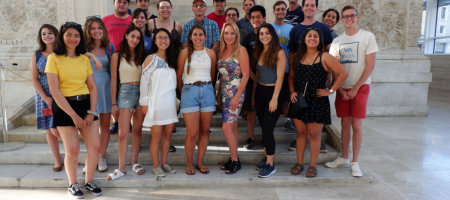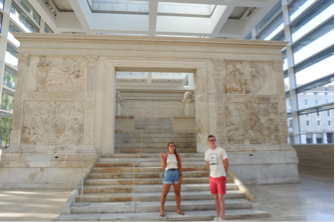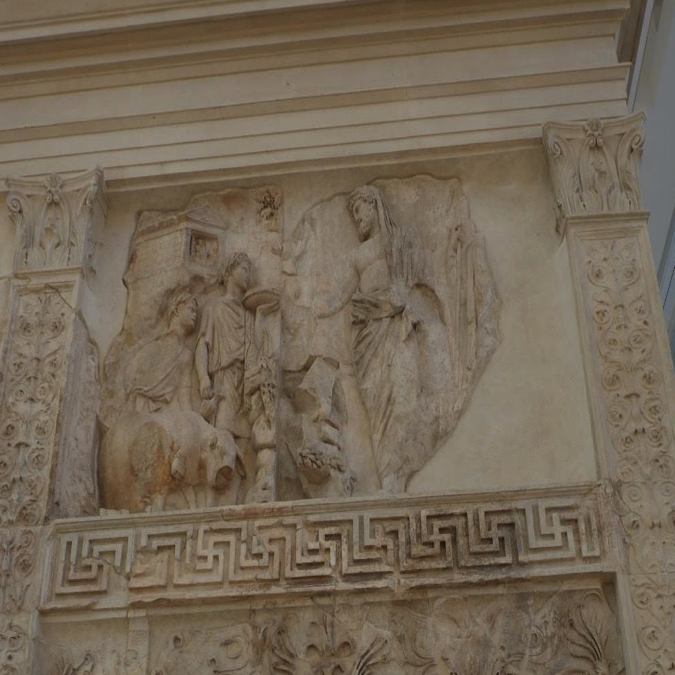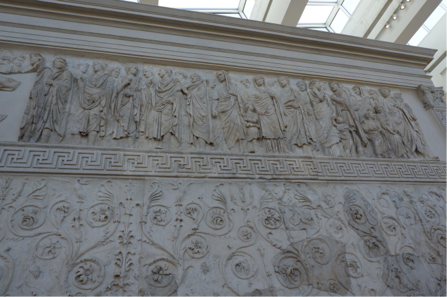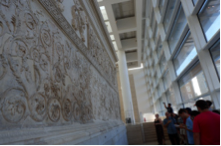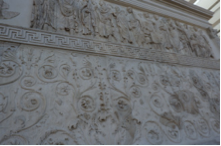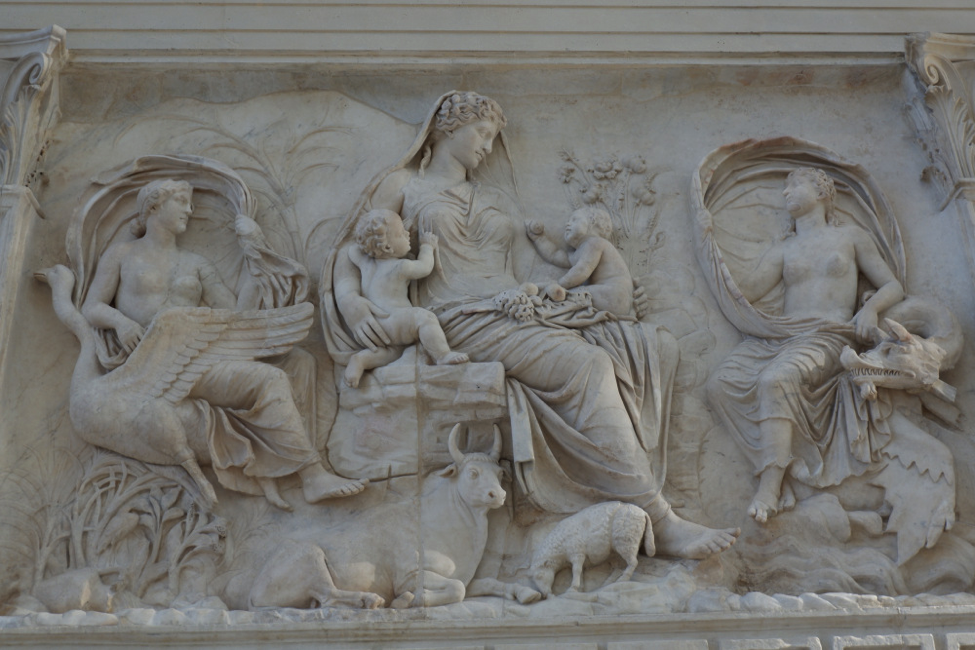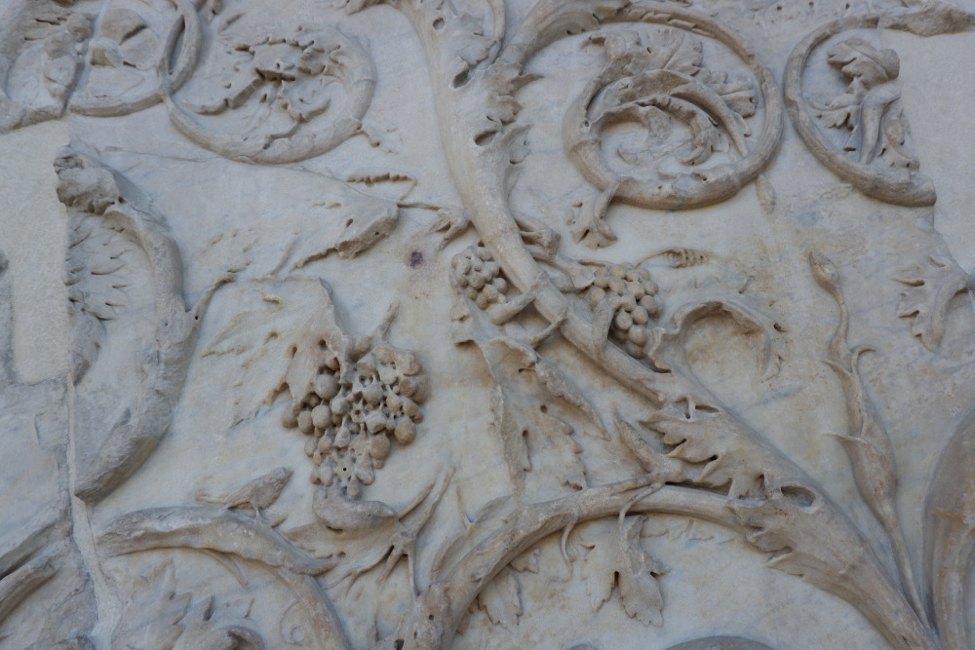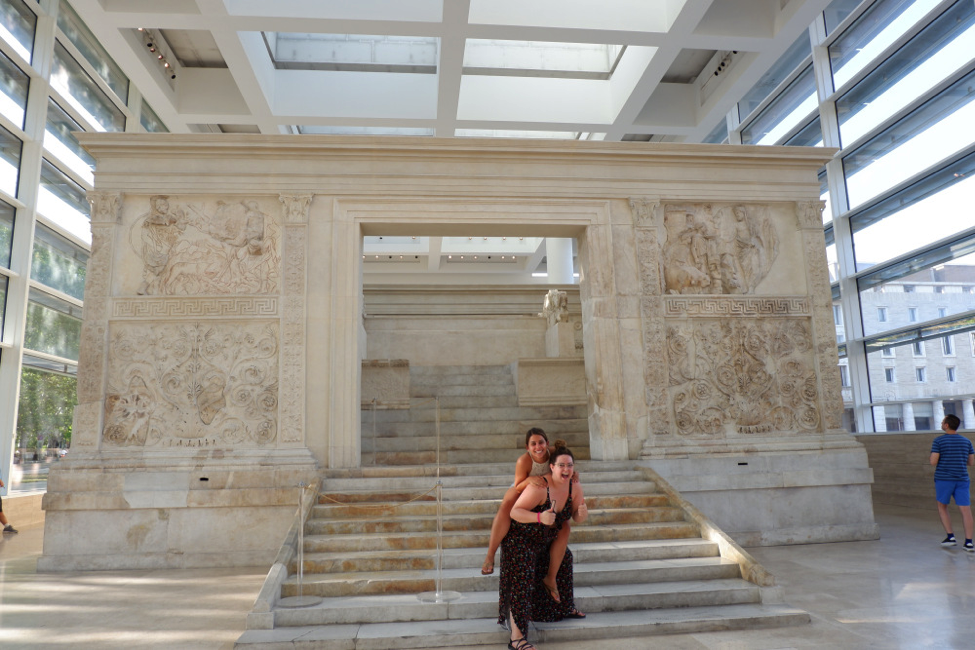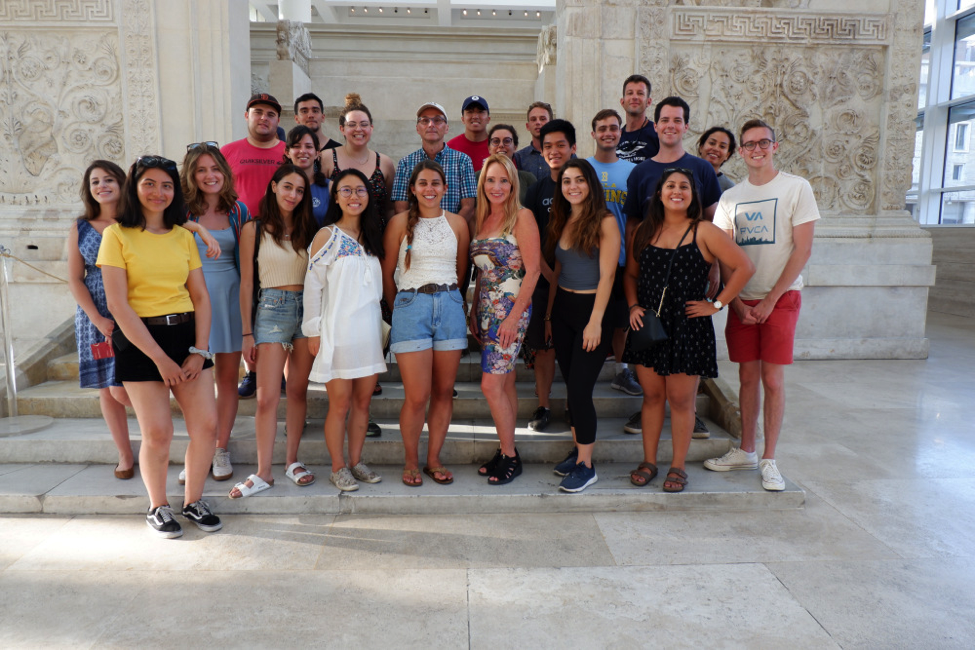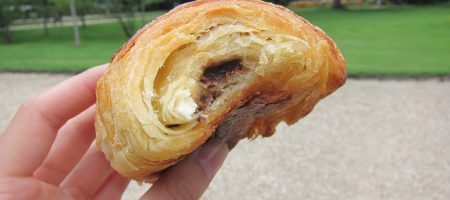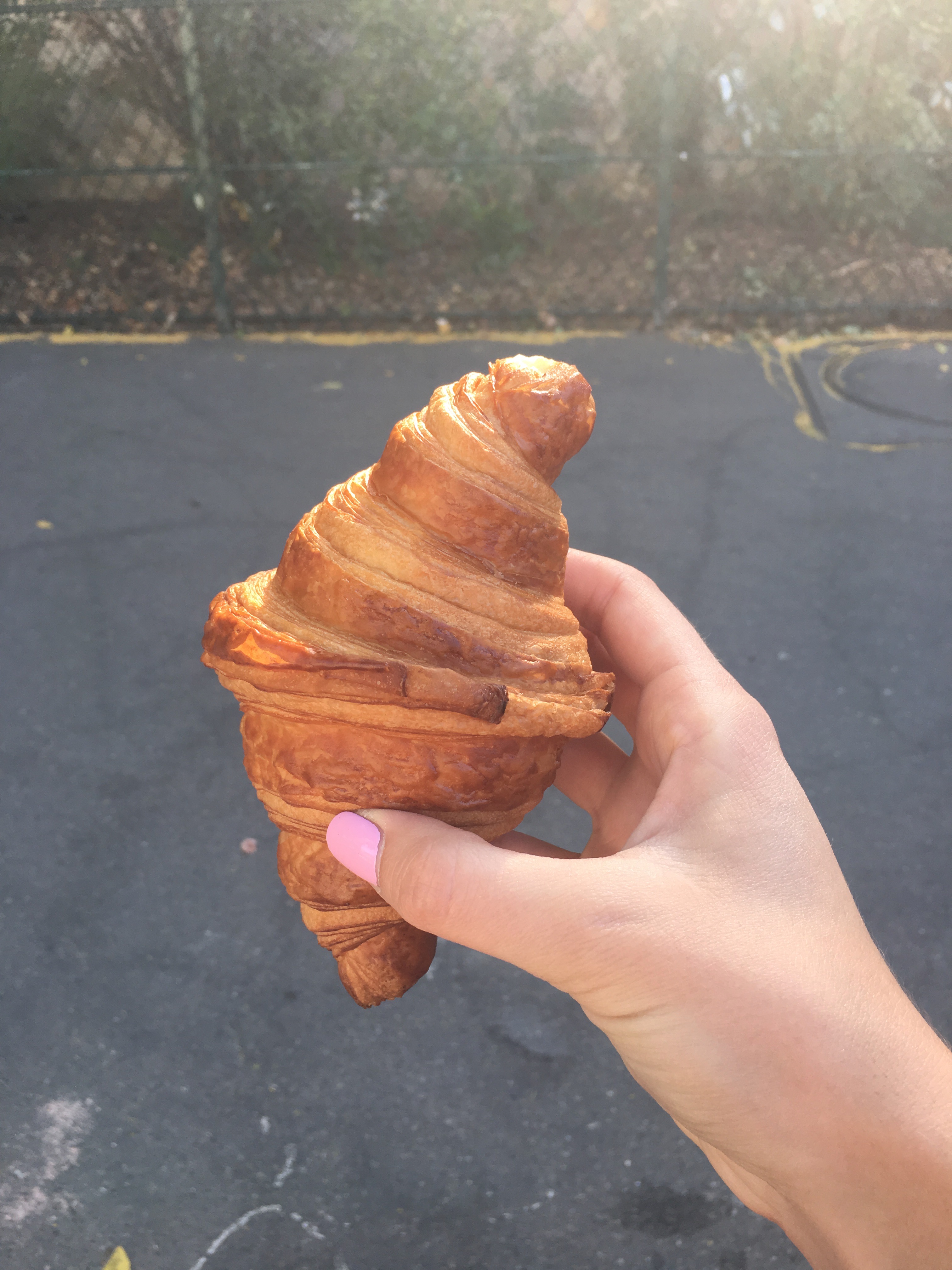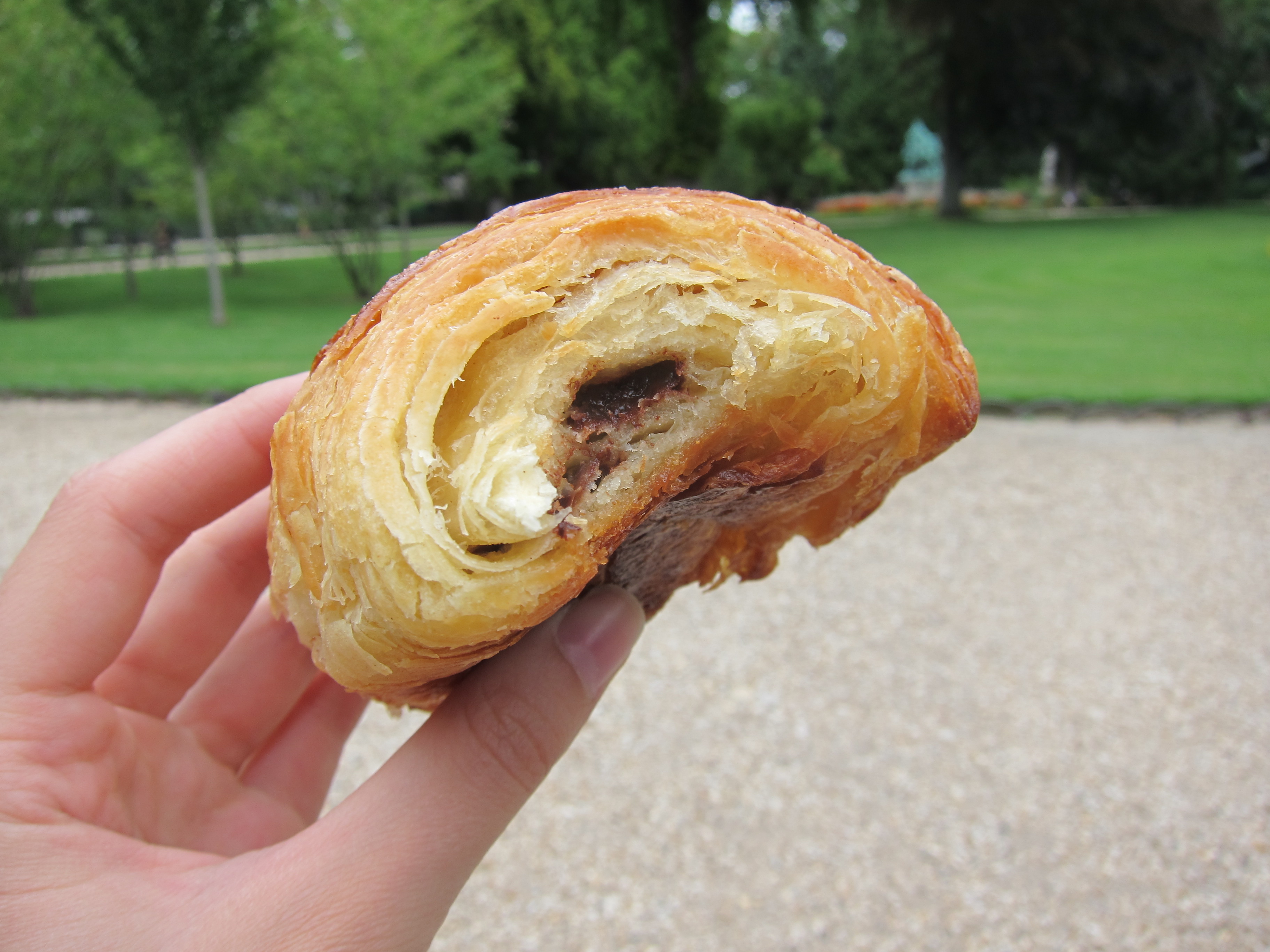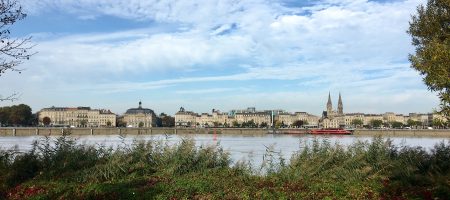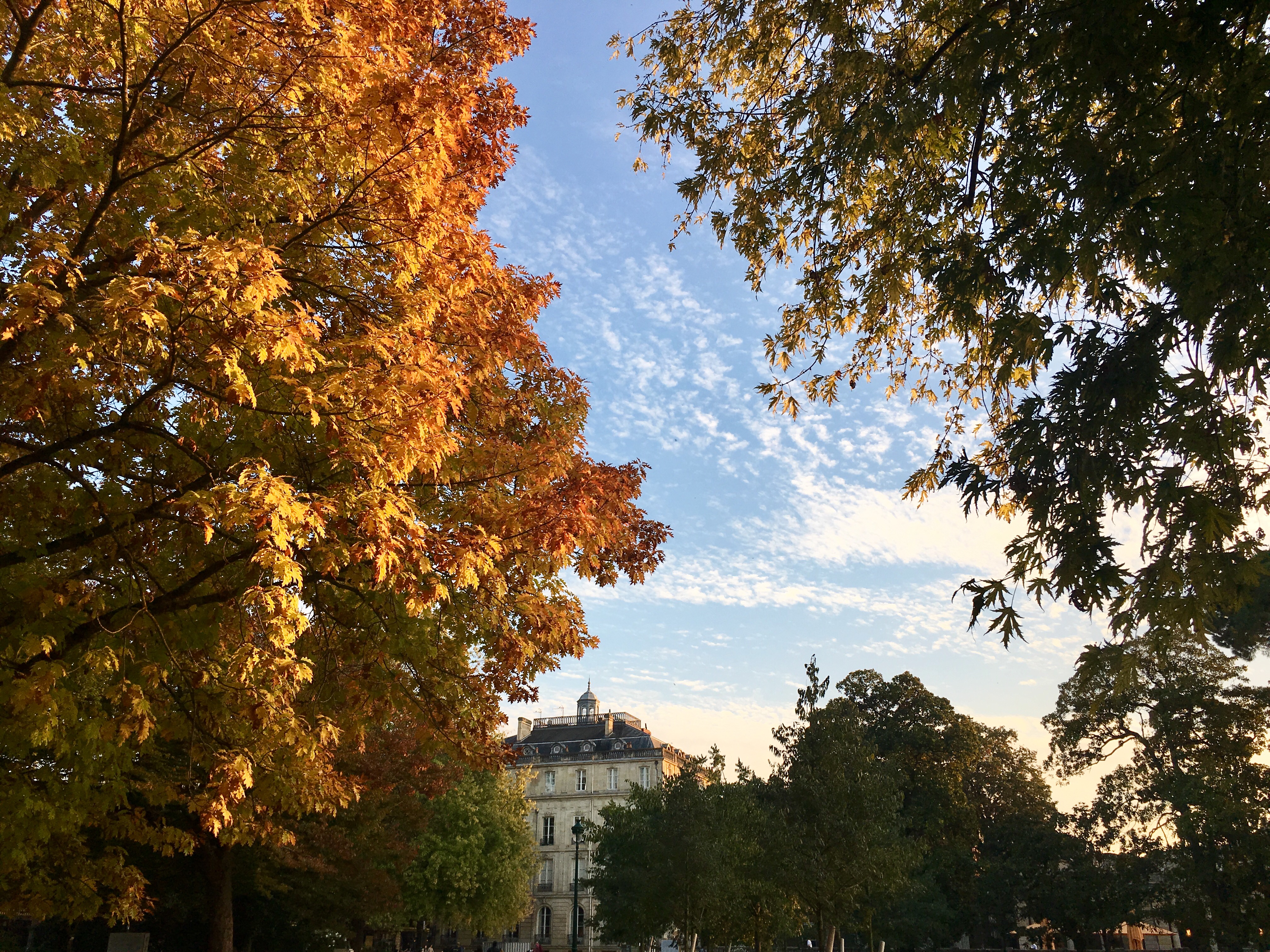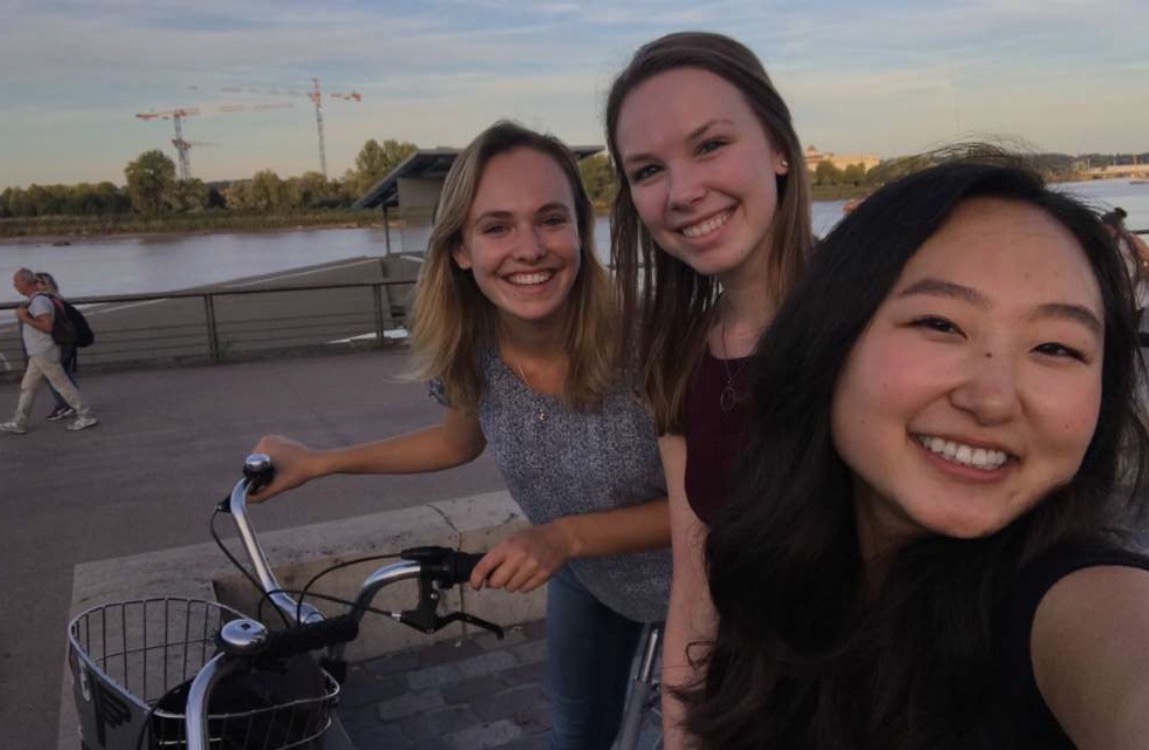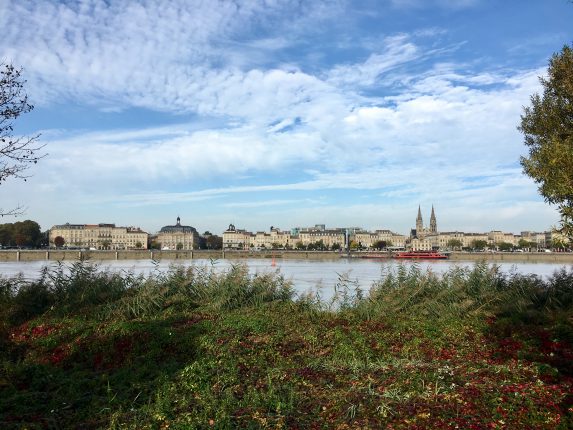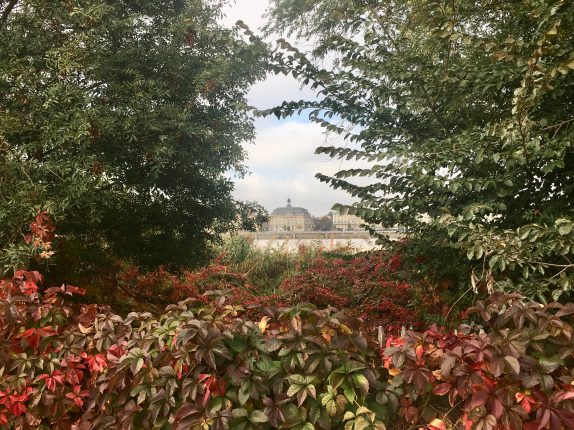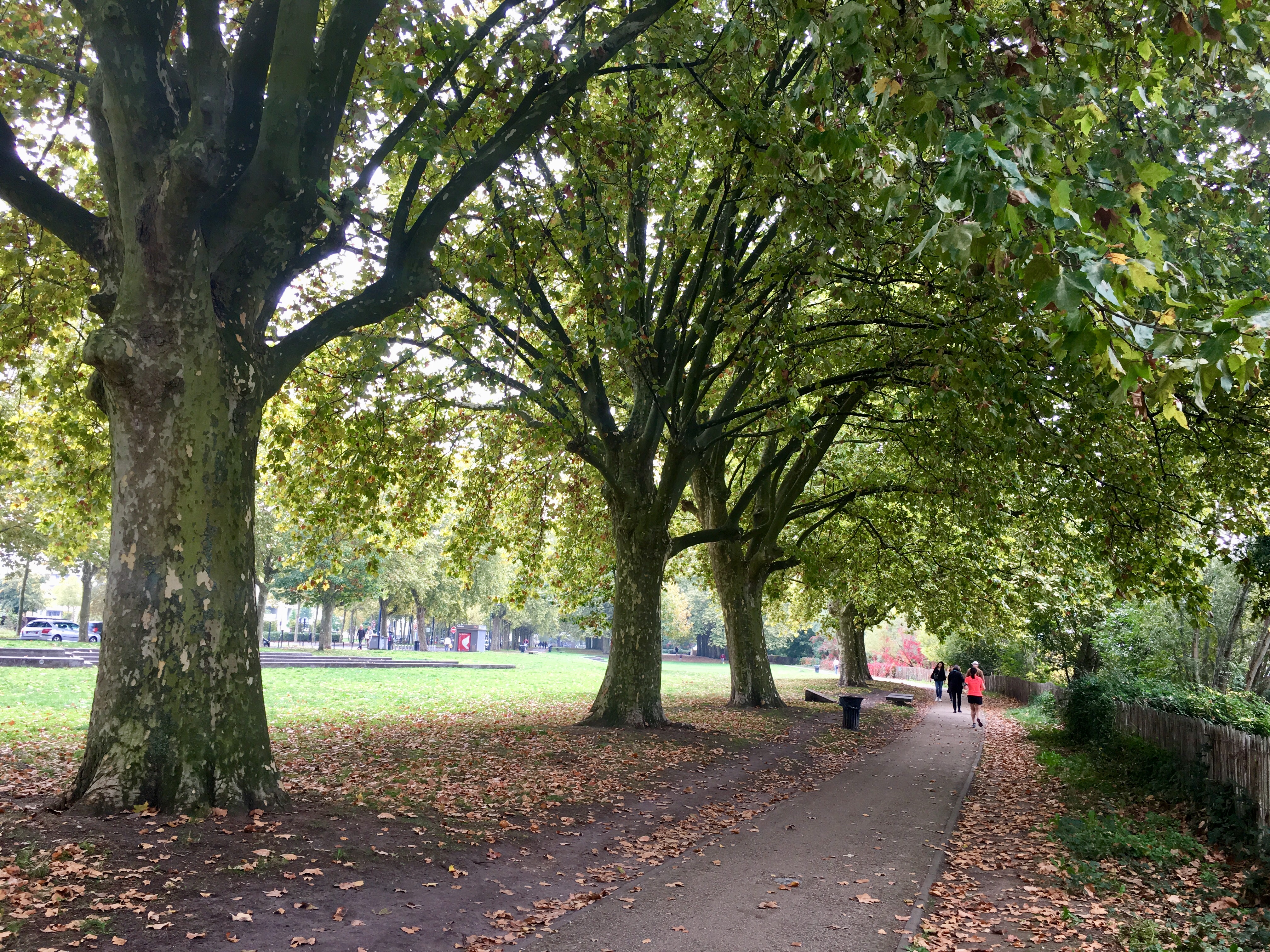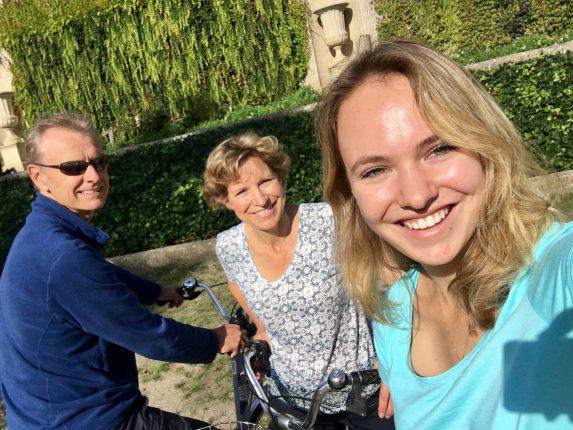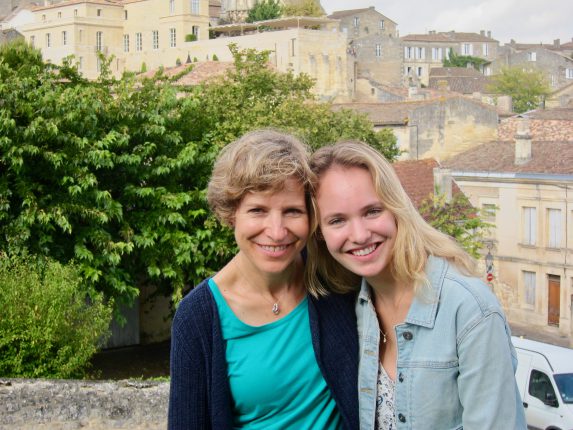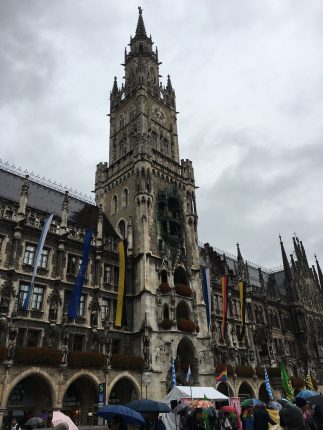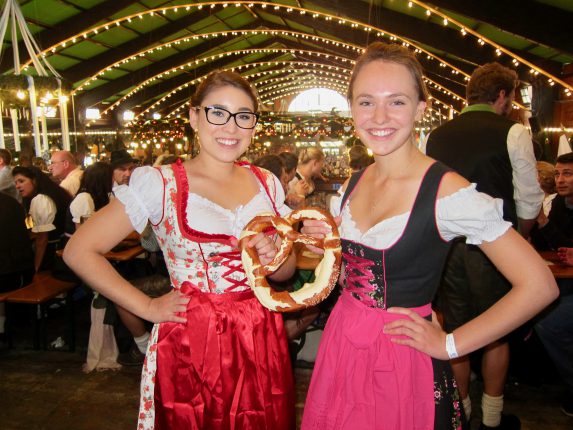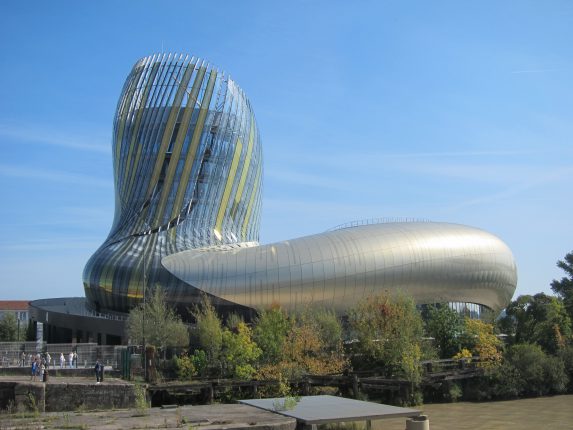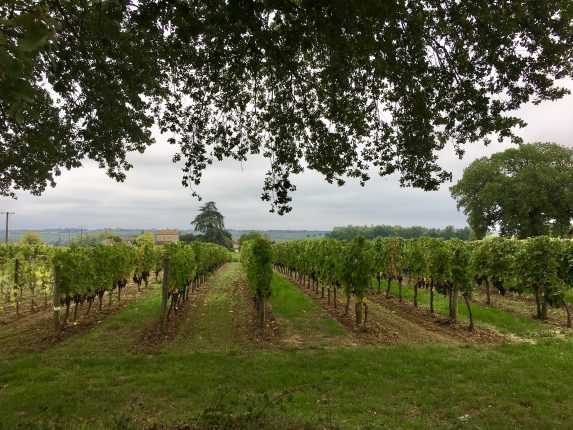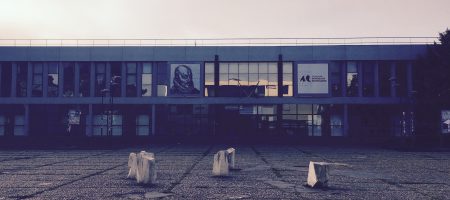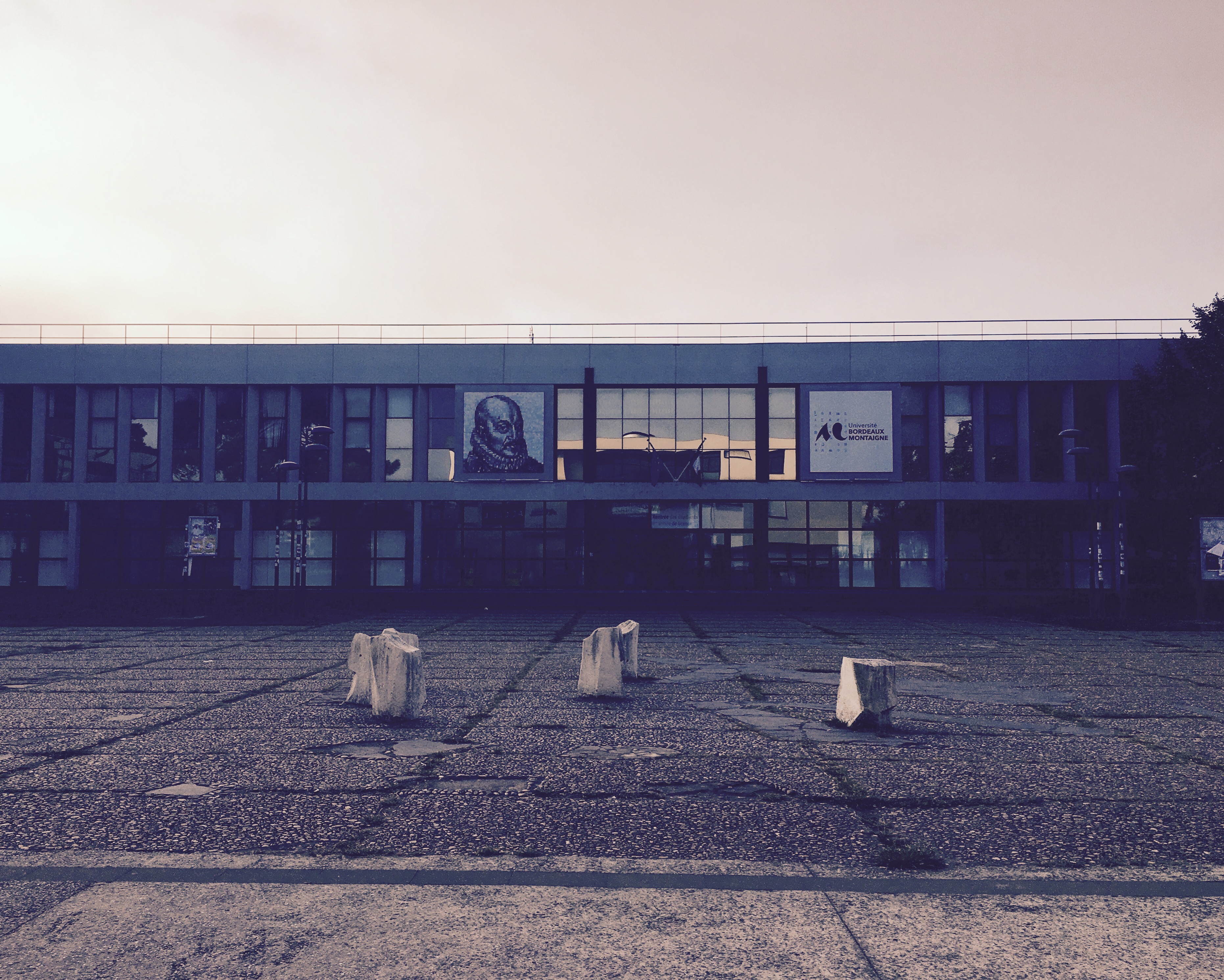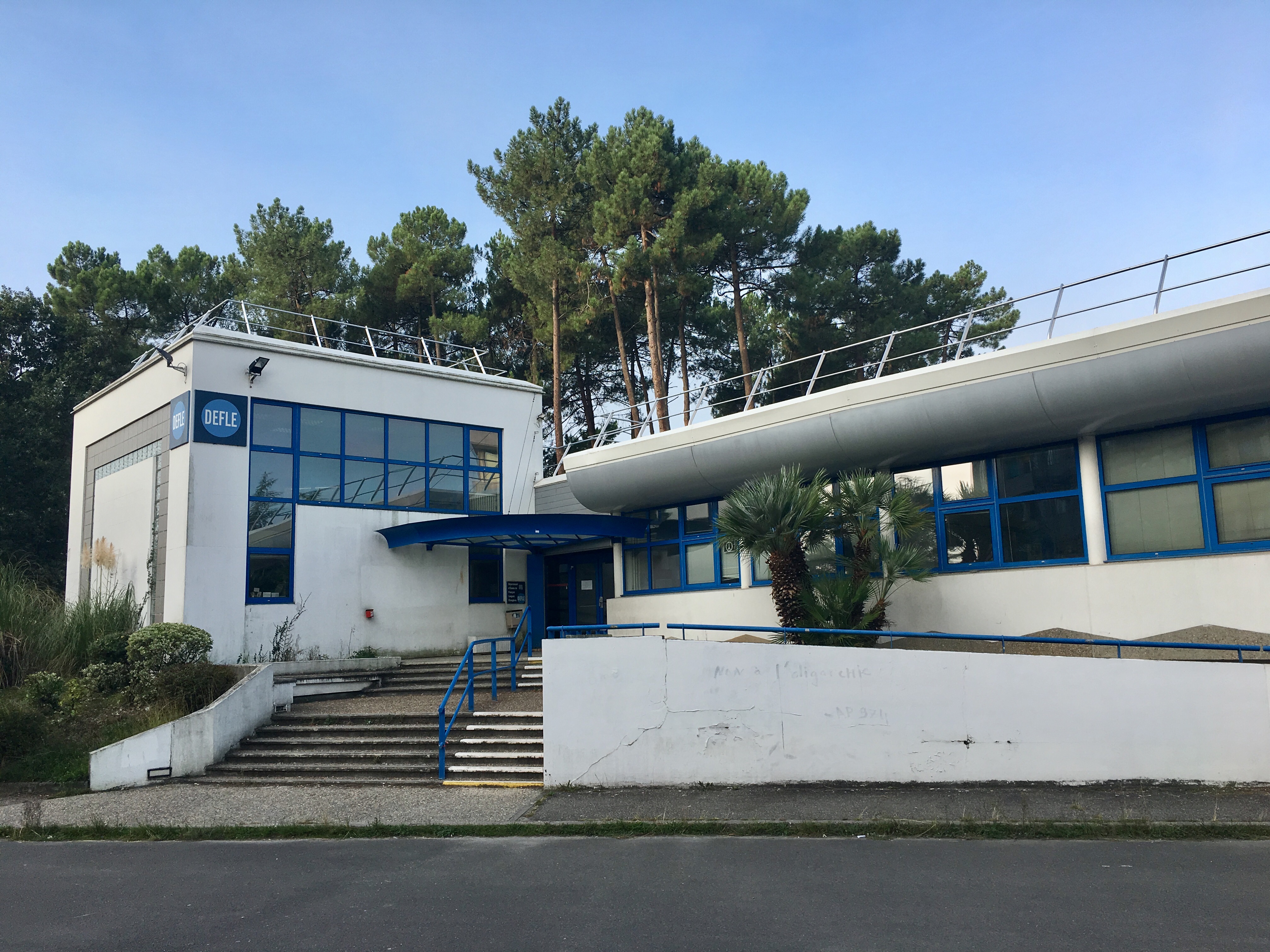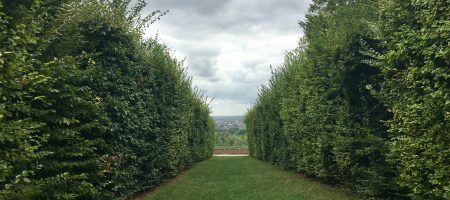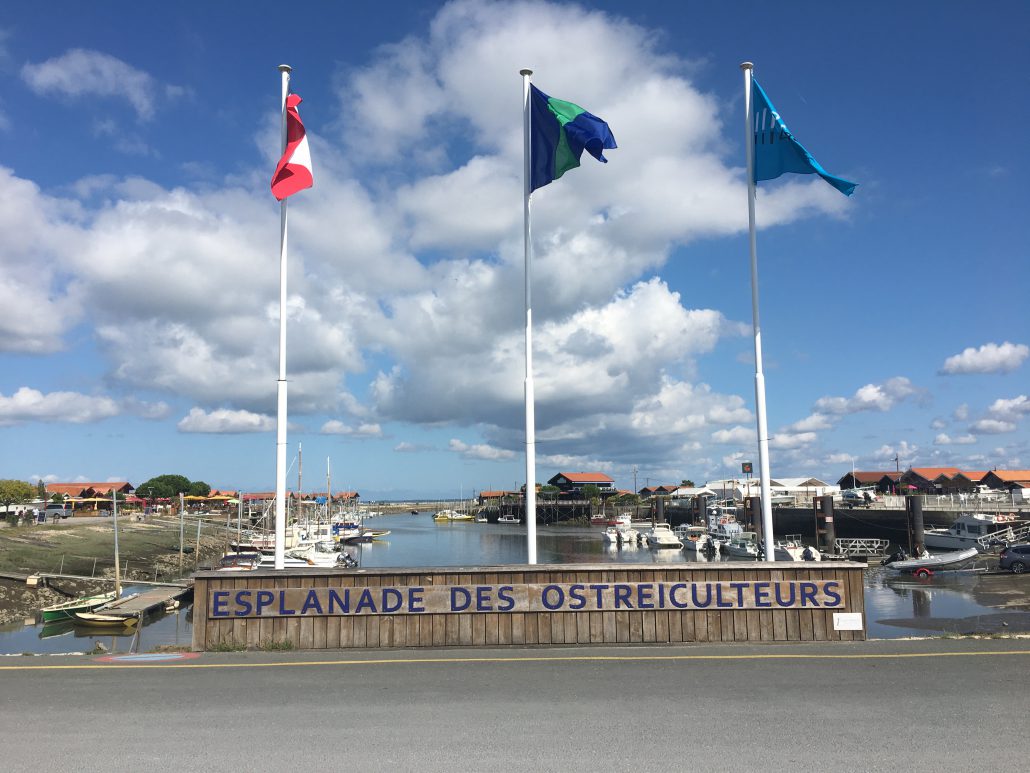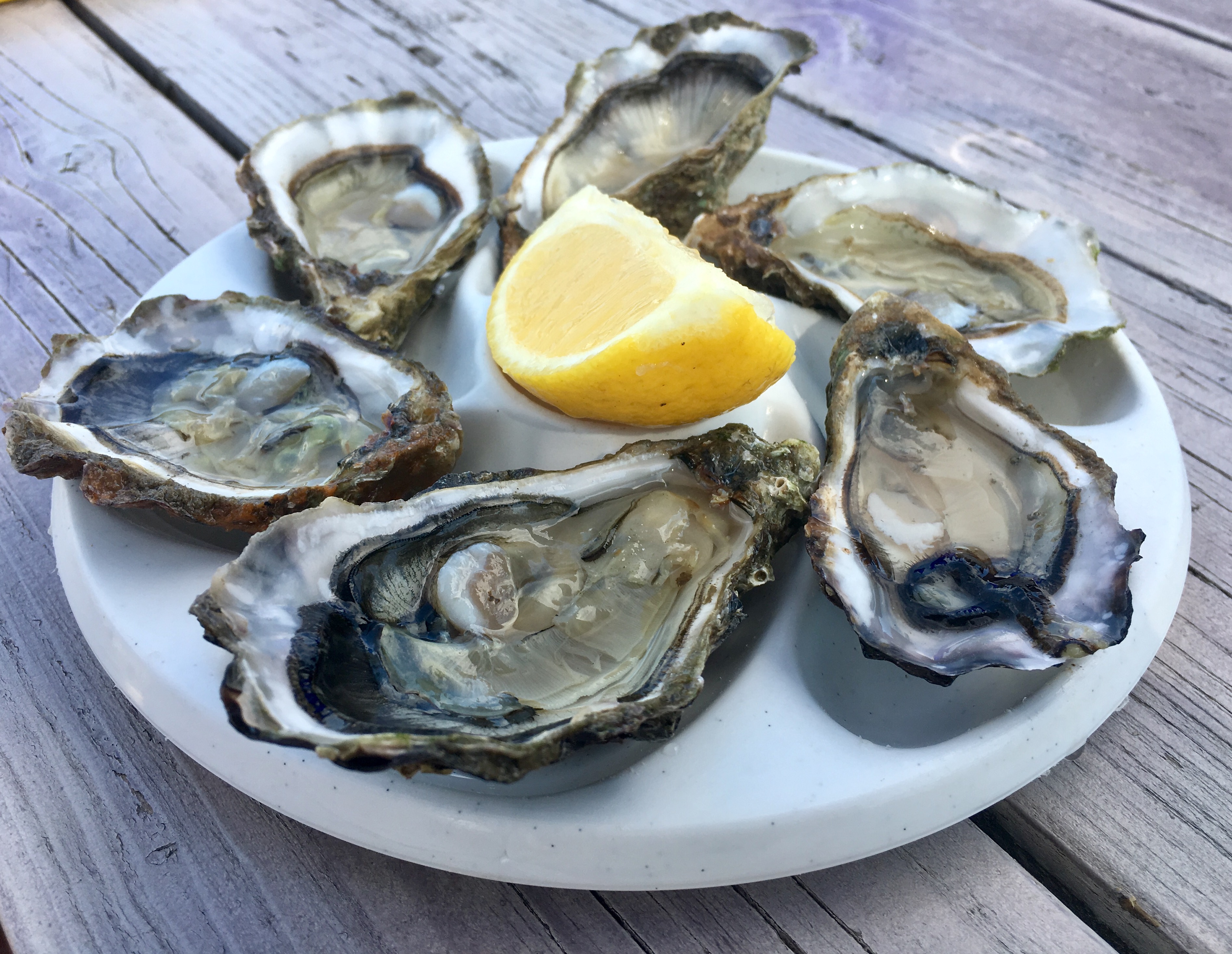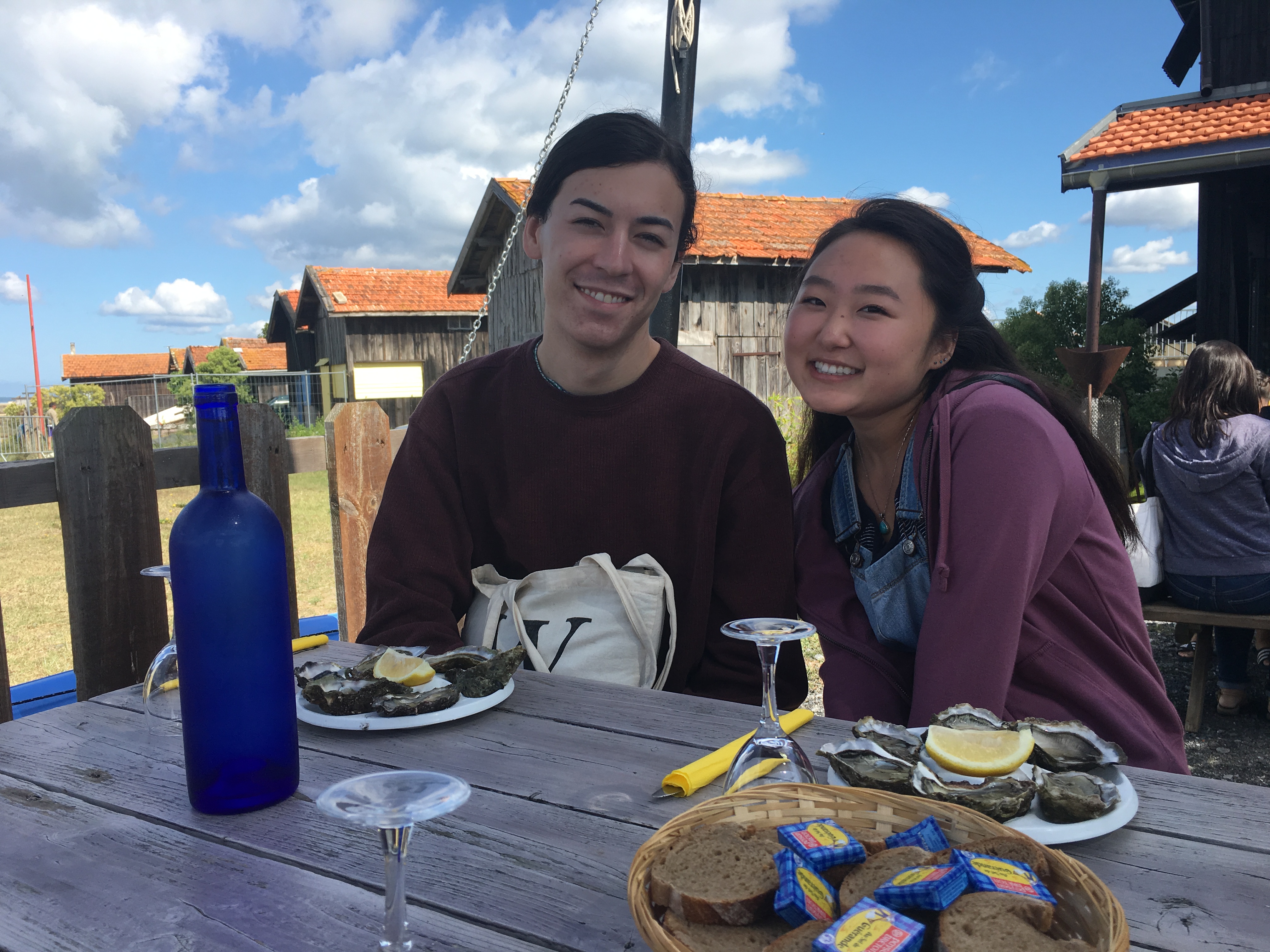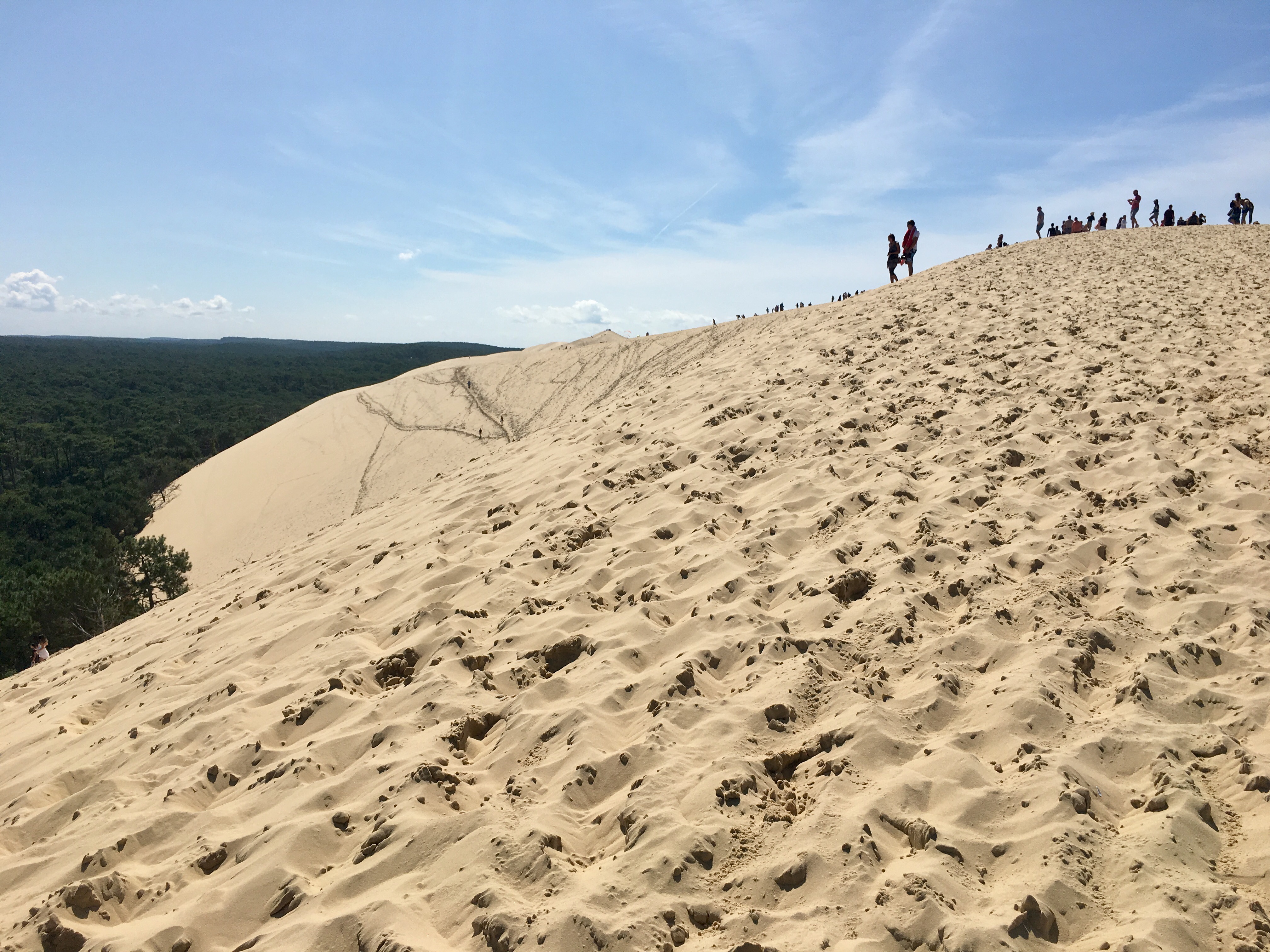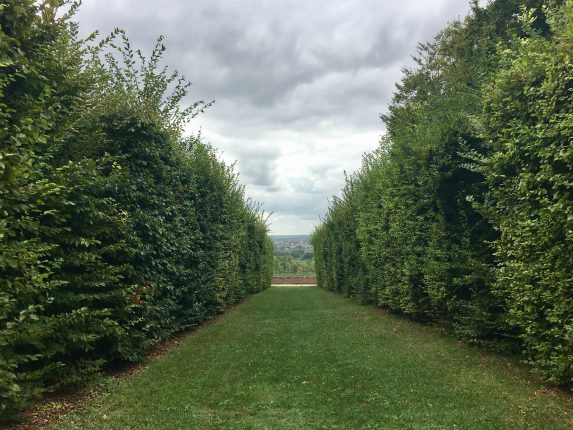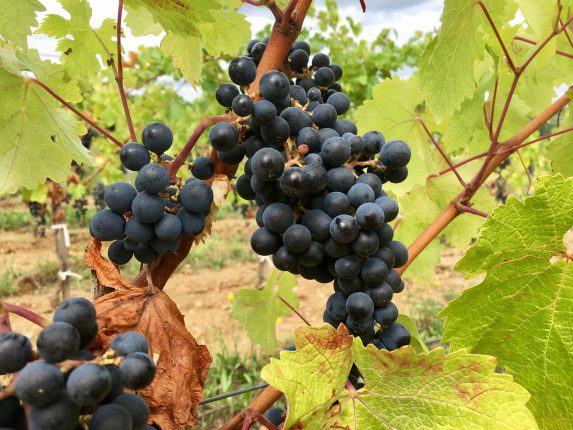Italy | Class Requirements
By Andrea Zachrich
Day to Day Schedule
All of the weekdays look more or less the same (with some exceptions for field trips which I talk about in other posts). Basically, we met every morning at 8:30 at Piazza Belli – which is right next to the Tiber river. For our year, getting to this Piazza was kind of a mob – about a 20 minute walk or 8 minute tram ride. But, do not fear, I know other years have stayed closer to the meeting location. Sometimes, we would meet later or earlier, but the professor will always tell you the day before if that’s the case.
At 8:30, we would head off to whatever activity we were doing that morning. It could be a museum or a site like the Roman Forum or the Coliseum. Our lectures were almost always on-site or, if the site was particularly busy, near to or just outside of the site. The class followed the syllabus very well, so I would keep a copy or a screenshot of that handy.
At anywhere from 11:30-1 we would be let loose to go and enjoy lunch and take a quick break before meeting back up again in the evening. I usually would go and get lunch (originally, I tried to cook my own food but I couldn’t resist the Italian restaurants ugh). After lunch, I would usually go back to the apartment and nap and/or work on some homework. A few times, I met up with friends and wandered around the city in between, which was fun but very tiring. My biggest piece of advice I could give you is to find some air conditioning during this break, whether it’s in the restaurant you have lunch in or back at the apartment you’re staying at. It’s really hard to stay out a full day in the Roman heat if you’re not used to it.
At anywhere from 3:30 to 5 we would meet back up again and go to another site. Again, this could be a museum or a church or a tomb or anything. We would then be done for class anywhere from 6 to 8 pm and would be let loose to go eat dinner, watch the world cup games, or whatever else we wanted to do. None of us tended to stay up too late during the week because we did have to be up so early every day, and the days were pretty tiring.
The syllabus was very accurate (with a few changes) while I was there, and the professor will always tell you if it’s going to be different. Being out and about during lectures was an awesome way to learn and I found that I retained a ton of the information simply because I was there, and it’s a lot harder to forget something when you’ve actually visited something.
Class Requirements and Assignments
Midterm
The midterm and the final were the only two times during this program that we were ever in a classroom, which was awesome. We took the tests at the Accent Center – UCLA’s headquarters for study abroad students in Rome. As with most of Professor Gurval’s tests, the midterm was very fair. He gave us about 50 monuments, all of which we had visited, and asked us to know basic facts about them such as the date, location, and some simple history. There were 10 on the midterm (plus an extra credit that wasn’t included on the list of 50 but was a place we had visited) and we had a little less than 10 minutes to answer each one. The test lasted about an hour and a half. As you can imagine, it was straight forward and we knew exactly what was expected of us going into the test.
Final
The final was a lot more creative during the midterm, and I even had some fun with it. As with the midterm, we got the final essay questions in advance. We had two essays to write in about 90 minutes: one was about what each architect from different imperial eras would give you for advice if you were a Renaissance architect tasked with rebuilding Rome and what buildings they would use to support their advice, and the other required you to pick a type of person from Roman society and build a tomb for that person using elements from other tombs we saw and what this shows or reveals about ancient Roman society. In the tomb essay, for example, I decided that I was going to be a freed slave who became wealthy through running a shipbuilding company by master passed down to me after he died. My tomb, which was based quite strongly on the Baker’s Tomb and the Mausoleum of Hadrian in Rome with elements taken from tombs in Pompeii and other places, was going to be a cylinder with a statue of a boat on top. I really appreciated that we were able to showcase our knowledge of the places we’ve been and what we learned about Roman society in a really creative (and almost fun) way.
Presentations
During the second week of class, you will be asked to give a group presentation with 1-2 other people about a monument. It’s really not very stressful and doesn’t take a whole ton of time. You have to talk about the main person associated with the monument, it’s architecture, and its history up to today. Our professor gave us individual readings based on what monument we were presenting on, and we got to split up the information so no one had to talk very long. You get to pick where you want to present and how you want to present the information as a group. It can be cool to learn from your classmates, and people were usually really interested in most of the presentations. The best advice I can give is to take all the information you have, and cut out at least half of it. The main problem people had in my class is that they went over time.
Journals & Sketchpads
Another project for the class requires you to keep an almost daily journal and sketchpad. I actually really enjoyed doing both. It gets so crazy with all the running around Rome that it’s nice to take a couple of minutes and chill and reflect on your day and sketch something out. The journals were mainly focused on your own thoughts and opinions rather than facts we learned (they’re not your notes) and I’m glad I have it to look back on. The sketchpad could be anything we’ve seen. The only requirements for that was that you actually spend some time on it and you try to have a variation in the items you draw (architecture, statues, paintings, mosaics, etc.). You’ll get feedback on both about halfway through the class so you have an idea of how you’re doing and what you could improve on.
Participation
Another part of your grade will come from participation on site visits. This is not hard. Just pay attention to lecture, ask questions if you have them, participate in group discussions, and don’t lose the group on the bus. The class is pretty engaging, so I think participating came fairly natural to most people.
Final Project
The final project was actually really fun (or well, as fun as something that you’re getting graded on can be). During our first week in Rome, we were asked to pick a theme that we would collect pictures of throughout the class. Some examples of themes were grapes (that’s me!), wings, Venus (the goddess not the planet), lions, rear ends, and river gods. There are a ton of themes to choose from. Most of the items were expected to be from antiquity, but not all of them had to be. When you get home, you’ll be asked to pick 10 of these items and pretend that you are a curator putting on a themed art exhibit using the art. You’ll have to make a PowerPoint with pictures of the items and some basic information (age, location, history, etc.) and write a 5-7 page paper about the theme and what it can tell us about Roman society. Research is not required but I found it to be useful in examining my theme. It’s due a little over a month after you get back. Even after traveling for three weeks around Europe after the program and backpacking for 5 days in Sequoia, I still managed to have more than enough time to complete the project, so you will be fine too.
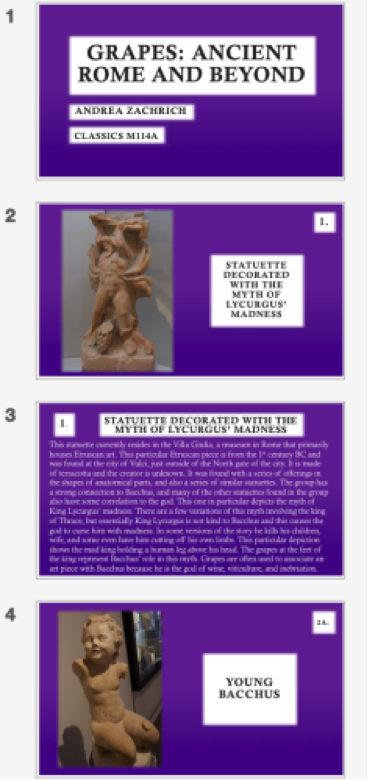
Overall, this class is awesome, and I would recommend it to anyone with any major (unless they hate learning cool things idk?) It offers you the opportunity to learn things in an incredibly unique way by being on-site and the assignments were fair. Rome is also an awesome city. I’ve been to quite a few places in Europe, and it’s definitely my favorite city I’ve visited. A lot of organized chaos going on there. Plus, what better place could you go to study ancient Rome besides Rome?
